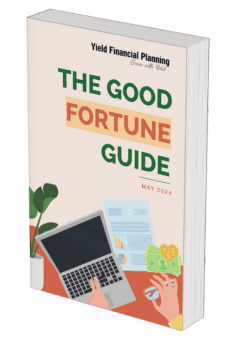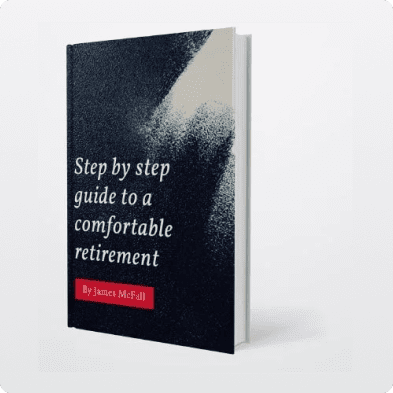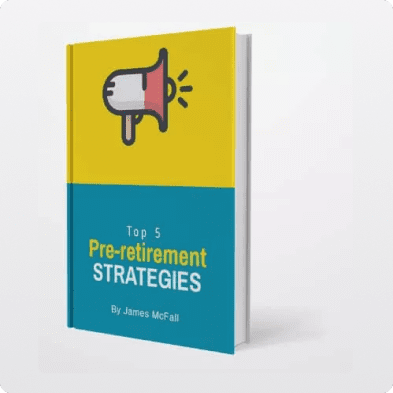Super contribution caps place restrictions on how much you can get into Super each year.
Super is a tax effective investment vehicle designed to provide for individuals during retirement. It is arguably the best investment option for retirees as once you’ve met a condition of release and reached age 60, all earnings in an Account Based Pension are tax free.
It’s because of this that we at Yield often consider incorporating a Super contribution strategy, mindful of the Super contribution caps, into a comprehensive financial plan as healthy practice. However, we always need to consider the Contribution Caps as they directly limit the amount of funds which can be transitioned into the Superannuation Environment.
What types of Contributions can I make to Super?
Assuming that you’re eligible to contribute to Super, there are two main types of contributions: Concessional and Non-concessional Contributions.
Concessional Contributions
Concessional Contributions are those contributions which are made to Super from pre-tax monies. These include:
– Superannuation Guarantee (SG), which is the mandatory contribution made by your employer;
– Salary sacrifice contributions, which are additional pre-tax contribution to super you make via your employer; and
– Personal contributions which you intend to claim as a tax-deduction.

These contributions are valuable as they are not taxed at your marginal tax rate but rather taxed at the concessional Super tax rate of 15% and form part of what is known as the taxable component of your Super account.
Non-concessional Contributions
Non-concessional contributions are those which are made from post-tax monies. These include contributions such as Downsizer contributions, Government co-contribution payments & contributions made from your personal cashflow that you don’t intend on claiming as a tax deduction. Since these funds are made post-tax they are not taxed by the Super fund upon contribution and form part of the tax-free component of your Super account.
Although you receive no immediate tax benefit for making non-concessional contributions, the benefits are yielded in the long run, as earnings generated on these funds are capped at 15% within Super and can be as low as 0% once transitioned into an Account Based Pension.
We at Yield often recommend Non-concessional contributions for those close to retirement as the long term benefits of capping the tax paid on investment earnings helps to extend the longevity of these funds as they’re drawn on to meet our client’s retirement lifestyle.
What are the Contribution Caps?
Similar to how there are two types of contributions there is also two associated types of contributions caps and as you’ve probably guessed, they’re known as the Concessional and Non-concessional Caps.
The concessional Cap
For the financial year ending 2020, the concessional cap was $25,000 p.a. This amount was Indexed with the Average Weekly Ordinary Time Earnings (AWOTE) and then rounded down to the nearest $2,500.
As of the 1st of July 2021, the concessional super contribution cap was increased from $25,000 p.a to $27,500 p.a, allowing for a larger contribution to be made to that of a retirement nest egg.
This means that any concessional contributions made during any given financial year is limited to $27,500.
Although this is the cap, going forward it may be possible for those with low superannuation balances to use what is known as the “Catch-up” rule and utilise unused concessional caps from prior financial years and contribute the difference in future financial years, potentially allowing them to contribute more than the $27,500 cap. For more information on the catch-up rule, click here.
A common area where many come unstuck is that they forget to include their SG payments when determining how much they should contribute and inadvertently exceed this cap, so an important rule of thumb is to never forget about SG.
For more information on the implications of exceeding the concessional cap, click here.
The Non-concessional Cap
For the financial year ending 2020, the Non-concessional cap was $100,000 p.a. As of the 1st of July 2021, it has since been increased to $110,000 p.a.
This means that all contributions which come from post-tax funds are capped at $110,000 each financial year, with few exceptions to the rule.
It’s important to note that if your Total Superannuation Balance (TSB) is greater than $1,700,000 the Non-concessional Cap is reduced to nil.
As stated before, there are a few exceptions to the rule, which if applicable, can allow you to overcome this cap. These include downsizer contributions, small business concessions and the bring-forward rule.
Although all could be applicable, by far the most common method to overcome the non-concessional cap is the Bring-forward rule. The Bring-forward rule allow those who are under the age of 66 at any time in a financial year to bring forward up to two future NCC caps, effectively allowing them to contribute up to $330,000 non-concessional in a financial year. It’s important to remember that you may be limited on how much you can contribute based on your TSB.
In Summary
Contributing both concessionally & Non-concessionally can be an effective retirement strategy depending on your situation, however navigating your contribution caps can often be difficult and confusing for the uninitiated.
It’s also crucial that these Caps are not exceeded to avoid penalties on excess contributions held within Super.
Superannuation & Retirement planning is one of many fields of expertise for the team at Yield, so if your unsure about your retirement plan or simply want to gain a greater understanding of your Super please feel free to get in contact with our office.


















